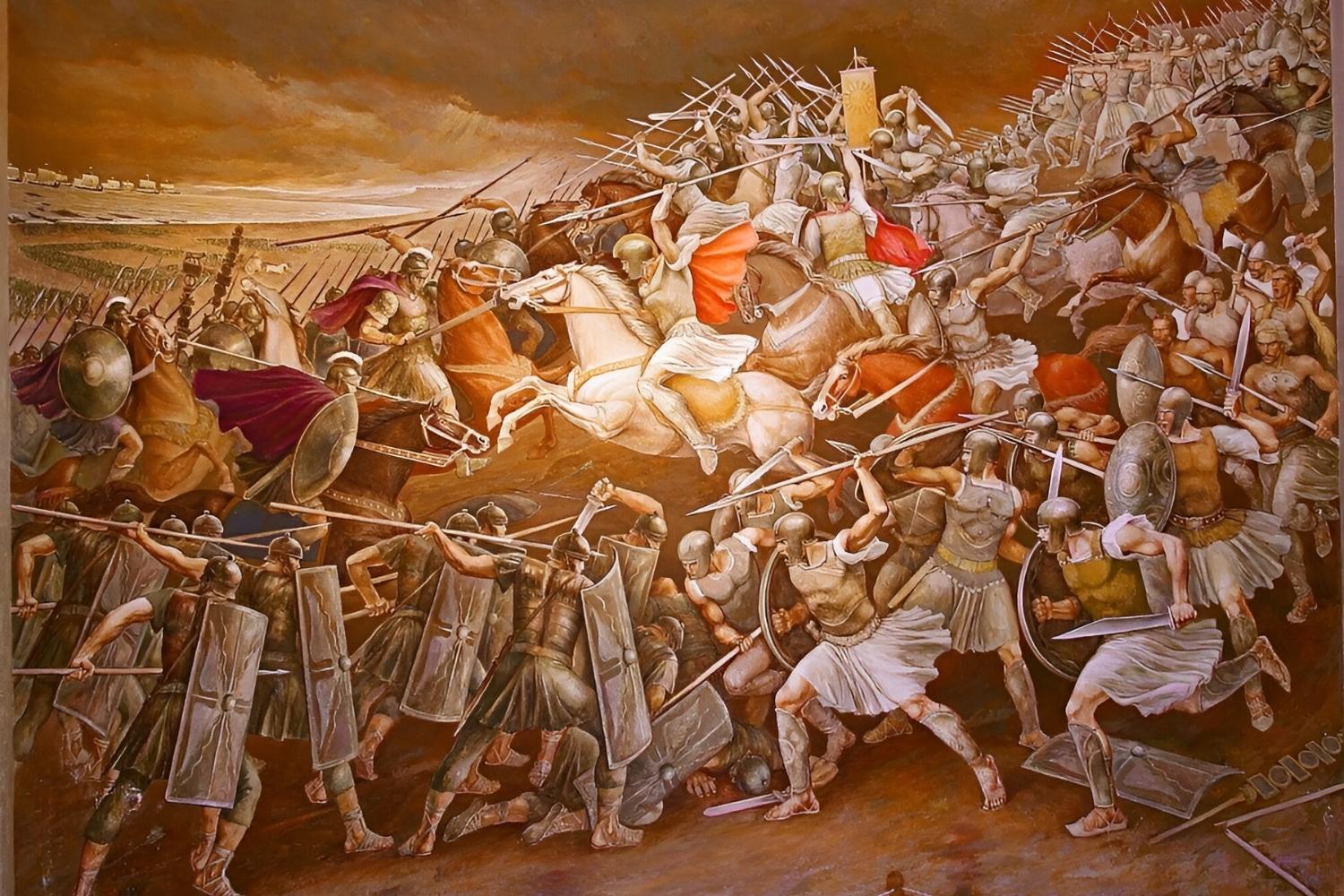
What was the Rebellion of Arbanon? The Rebellion of Arbanon was a significant uprising in the early 13th century, marking the first autonomous Albanian state. Led by Archon Progon, this revolt against Byzantine rule laid the groundwork for future Albanian independence movements. Progon and his successors, Gjin and Dhimitër, established the Principality of Arbanon, centered in Krujë. This rebellion showcased the resilience and determination of the Albanian people, striving for self-governance. The Principality of Arbanon became a beacon of hope for Albanians, symbolizing their enduring spirit and quest for freedom. Understanding this rebellion offers insight into the rich history and cultural heritage of Albania.
Key Takeaways:
- The Rebellion of Arbanon in the 12th century marked the rise of Albanian resistance against foreign rule, fostering a sense of unity and inspiring future generations to fight for independence.
- Utilizing guerrilla warfare tactics and fortified strongholds, the rebellion weakened Byzantine control, leaving a lasting legacy on Albanian history and inspiring future uprisings.
The Origins of the Rebellion of Arbanon
The Rebellion of Arbanon was a significant event in medieval history. It marked the rise of Albanian resistance against foreign domination. Here are some fascinating facts about this historical uprising.
-
The Rebellion of Arbanon began in the early 12th century, around 1190.
-
It was primarily a reaction against Byzantine rule in the region.
-
The leader of the rebellion was Progon, the first ruler of the Principality of Arbanon.
-
Progon established the first autonomous Albanian state during this period.
-
The Principality of Arbanon was centered in the region of Krujë, in modern-day Albania.
Key Figures in the Rebellion
Several notable figures played crucial roles in the Rebellion of Arbanon. Their leadership and actions significantly influenced the course of the uprising.
-
Progon's sons, Gjin and Demetrius, continued his legacy after his death.
-
Demetrius Progon was known for his diplomatic skills and alliances with neighboring states.
-
The rebellion saw support from local Albanian nobles who sought independence from Byzantine control.
-
The Byzantine Empire was led by Emperor Alexios III Angelos during the height of the rebellion.
-
The rebellion also received support from the Kingdom of Serbia, which had its own interests in weakening Byzantine power.
The Impact on Albanian Identity
The Rebellion of Arbanon had a lasting impact on the development of Albanian national identity. It laid the foundation for future resistance movements and the eventual establishment of an independent Albanian state.
-
The rebellion fostered a sense of unity among the Albanian tribes.
-
It helped to preserve the Albanian language and culture during a time of foreign domination.
-
The Principality of Arbanon served as a symbol of Albanian resistance and autonomy.
-
The rebellion inspired future generations of Albanians to fight for their independence.
-
The legacy of the rebellion is still celebrated in Albania today, particularly in the city of Krujë.
Military Strategies and Battles
The Rebellion of Arbanon involved several key battles and military strategies that were crucial to its success. These tactics helped the rebels to withstand the might of the Byzantine Empire.
-
The rebels utilized guerrilla warfare tactics to combat the larger Byzantine forces.
-
The mountainous terrain of Albania provided a natural advantage for the rebels.
-
The Battle of Krujë was a significant victory for the Albanian forces.
-
The rebels also fortified key strongholds, such as the castle of Krujë.
-
The use of local knowledge and support from the population was vital to the rebellion's success.
The Aftermath and Legacy
The Rebellion of Arbanon had far-reaching consequences for the region. It influenced the political landscape of the Balkans and left a lasting legacy on Albanian history.
-
The rebellion weakened Byzantine control over the region, leading to increased autonomy for Albanian territories.
-
The Principality of Arbanon eventually fell under the control of the Kingdom of Serbia.
-
Despite this, the spirit of resistance continued to inspire Albanian uprisings in the following centuries.
-
The rebellion is considered a precursor to the later Albanian national movement in the 19th century.
-
The Rebellion of Arbanon remains a significant chapter in the history of Albania, symbolizing the enduring struggle for independence and self-determination.
The Legacy of the Rebellion of Arbanon
The Rebellion of Arbanon stands as a pivotal moment in history. It marked the rise of Albanian identity and resistance against foreign rule. This rebellion wasn't just a fight for territory; it was a fight for cultural and national identity. The leaders, like Progon of Kruja, became symbols of resilience and determination. Their efforts laid the groundwork for future struggles and the eventual establishment of an independent Albania.
Understanding this rebellion helps us appreciate the rich history and enduring spirit of the Albanian people. It reminds us that the quest for freedom and self-determination is a universal theme, resonating across different eras and regions. The Rebellion of Arbanon is a testament to the power of unity and the enduring human spirit. It’s a story worth remembering and celebrating for generations to come.
Frequently Asked Questions
Was this page helpful?
Our commitment to delivering trustworthy and engaging content is at the heart of what we do. Each fact on our site is contributed by real users like you, bringing a wealth of diverse insights and information. To ensure the highest standards of accuracy and reliability, our dedicated editors meticulously review each submission. This process guarantees that the facts we share are not only fascinating but also credible. Trust in our commitment to quality and authenticity as you explore and learn with us.
